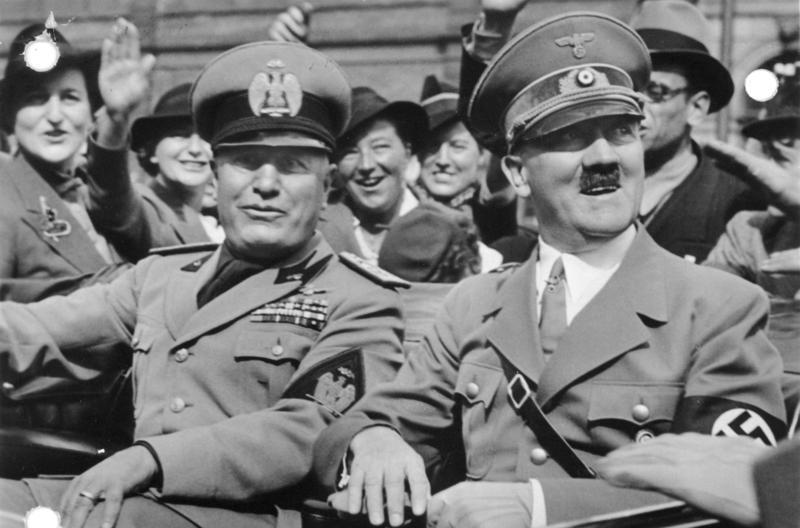
“Fascisms” Revealed as the Theme for This Year’s Met Gala

🛑 Satirical Alert: The following piece of content contains fictitious elements and satire. It should not be interpreted as a factual report.
—
Fasc-isms at the Met: A Provocative Exploration of Power, Style, and Ideology
In a bold—and controversial—move, the Metropolitan Museum of Art has announced that the theme for this year’s Met Gala will be “Fasc-isms.” Unveiled in an interview on the Joe Rogan podcast by Met Gala co-chair and Vogue editor-in-chief Anna Wintour, the theme is already sparking conversation and consternation across the cultural, political, and artistic spheres.
According to Wintour, the 2024 gala seeks to challenge prevailing narratives around fascism by examining its aesthetic legacy and historical complexity. “The popular 20th-century movement has been reduced to stereotypes,” Wintour stated. “This is the time to revisit innovations of the misunderstood period of art. Fascists are not a monolith.”
The exhibition and event aim to dissect the visual language, symbolism, and cultural tools used during periods of fascist governance—not to glorify, but to analyze a dark chapter of art history that continues to echo in surprising ways today.
Understanding the Theme: Fashion Meets Ideology
Historically, fashion has been deeply intertwined with expressions of power. From Mussolini’s tailored uniforms to fascist-era architectural symmetry, the fascist aesthetic has left a lasting impact on everything from industrial design to cinema. The Met’s exhibit, running concurrently with the gala, promises to showcase this evolution through textiles, film, propaganda posters, and even music.
A much-publicized section of the exhibit will display the museum’s “frankly shockingly extensive” collection of black leather riding boots—a staple of military and fascist iconography, reinterpreted repeatedly in pop culture and runway fashion.
Critics may decry the event’s theme as spectacle or even tone-deafness, but others argue that it mirrors a broader trend: the rising visibility of authoritarian imagery and ideology in an era of growing instability and inequality.
Art and Politics, Entwined
This Met Gala happens in an age when the intersection between sociopolitical power and cultural production is more visible—and volatile—than ever. Honorary guest chair Senator Marco Rubio, who addressed reporters at a press conference on the museum’s steps (alongside art collector and GOP donor Norman Braman), suggested that the art world has long thrived under oligarchic conditions.
“The government is just now catching up to the corporatist models of the art world,” Rubio said. “We think the art community can be at the forefront of this new wave.”
Though his comments shocked many, they land amid broader conversations about privatization in museums, billionaire donors shaping public institutions, and the commodification of dissent itself.
Security and Spectacle
As always, security at the Met Gala will be tight, but this year the stakes are higher than ever. Museum officials released a startling statement noting that anyone found attempting to sneak into the elite event “would be deported to a super prison in El Salvador,” regardless of citizenship status—a dystopian-sounding warning that many believe to be part of the event’s satirical messaging, though no clarification has yet been published.
Critics argue such rhetoric, whether real or performative, highlights how elite spaces often replicate the systems of control they claim to critique.
Is the Art World Ready?
Beyond the glitz and scandal, the Met Gala’s “Fasc-isms” theme raises poignant questions about fashion and complicity, beauty and brutality, and how culture often aestheticizes power in subtle ways.
While some hail the effort as a brave probe into culture’s uncomfortable territories, others see it as dangerously close to glamorizing authoritarianism. One thing is clear: the event opens the door for urgent conversations about how the past is repackaged, who controls narrative and image, and whether artistic inquiry can—or should—tread such fraught ground.
In an era where the boundaries between provocation and promotion are increasingly blurred, the Met’s latest gala isn’t just a costume party—it’s a cultural battleground.
—
Support Independent Art Journalism
Amid mounting challenges to democracy and cultural integrity, this year’s Met Gala may mark a tipping point in how art institutions engage with controversial histories. As always, critical journalism is essential.
Hyperallergic remains dedicated to uncovering stories that others won’t, spotlighting artist-led movements, and holding cultural institutions accountable—free of influence from corporate backers and billionaire agendas.
To keep our coverage accessible and independent, we rely on readers like you. If you value critical perspectives, consider supporting Hyperallergic today.